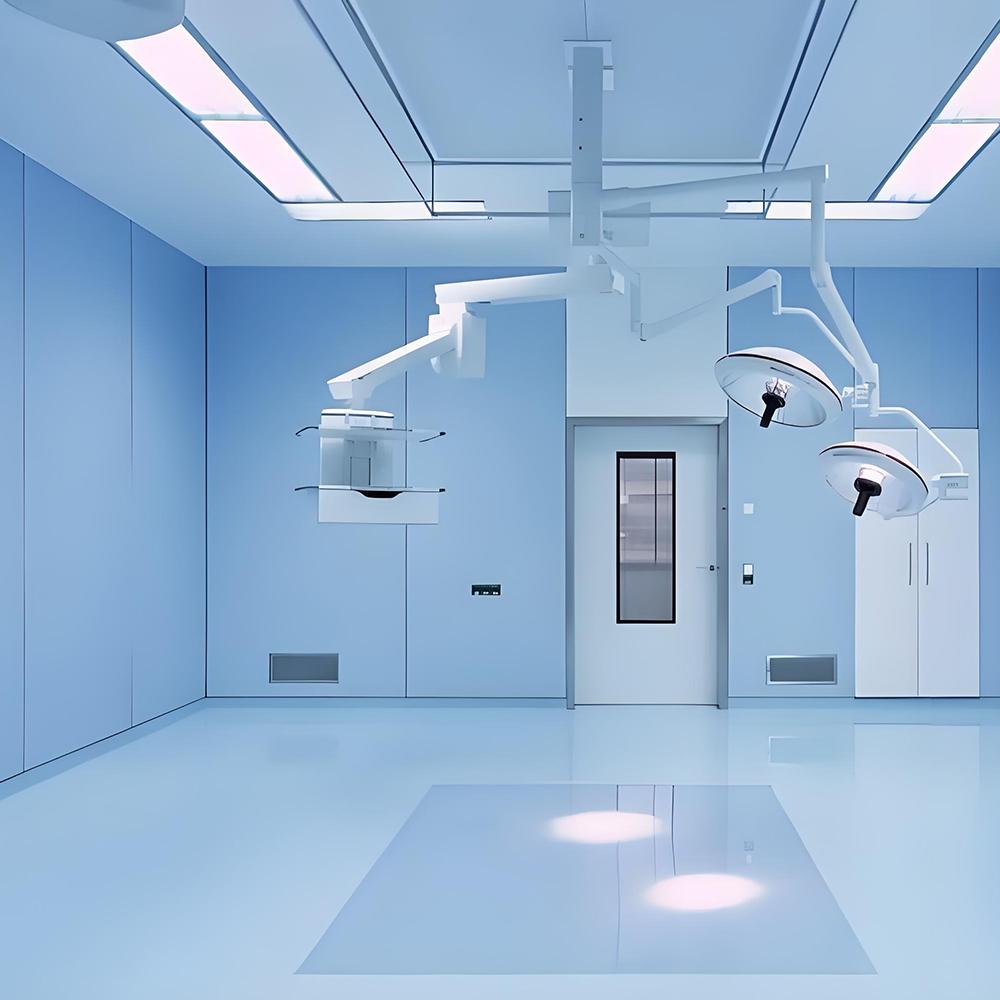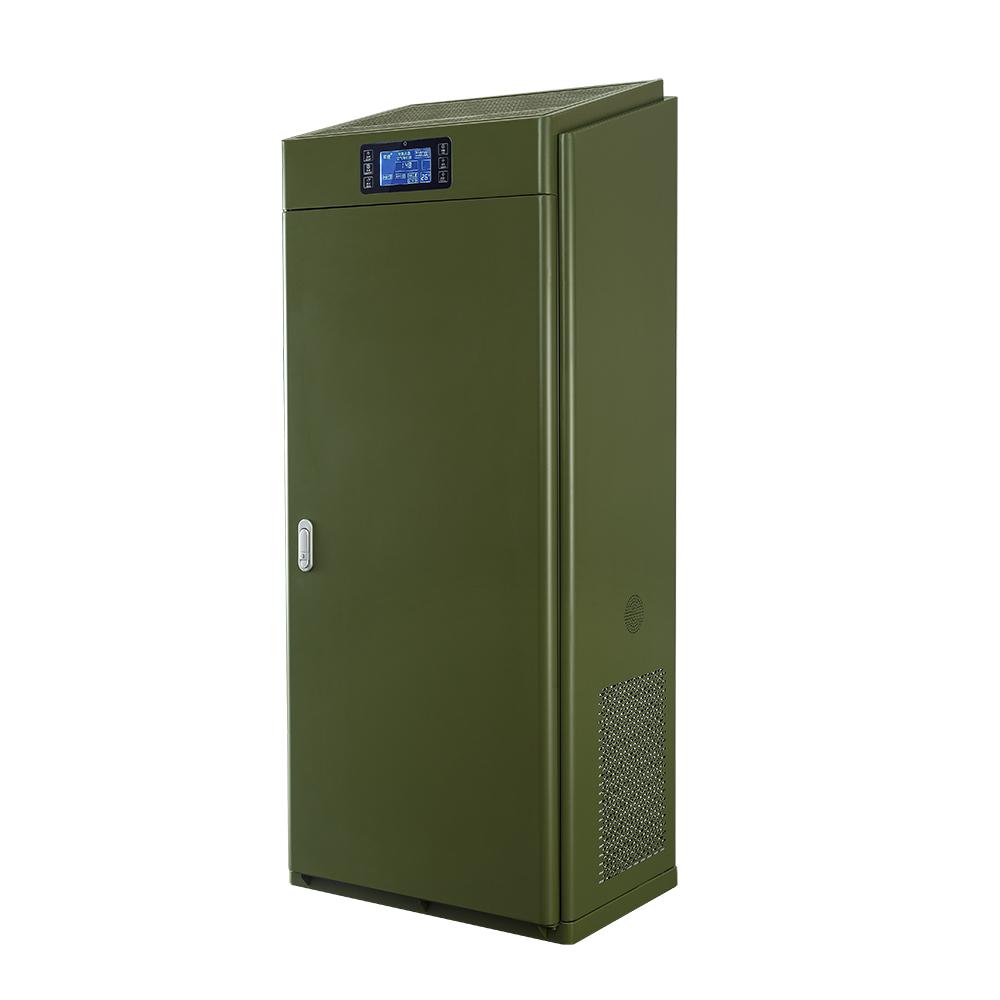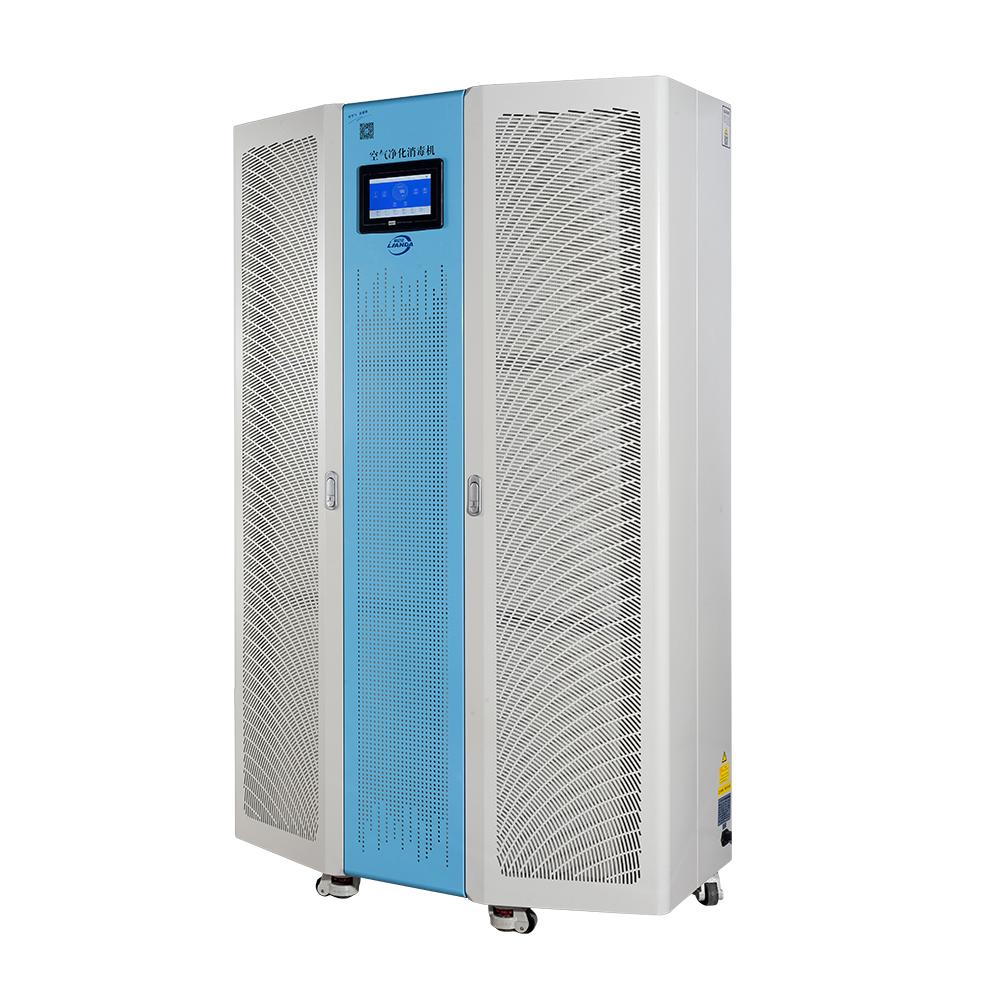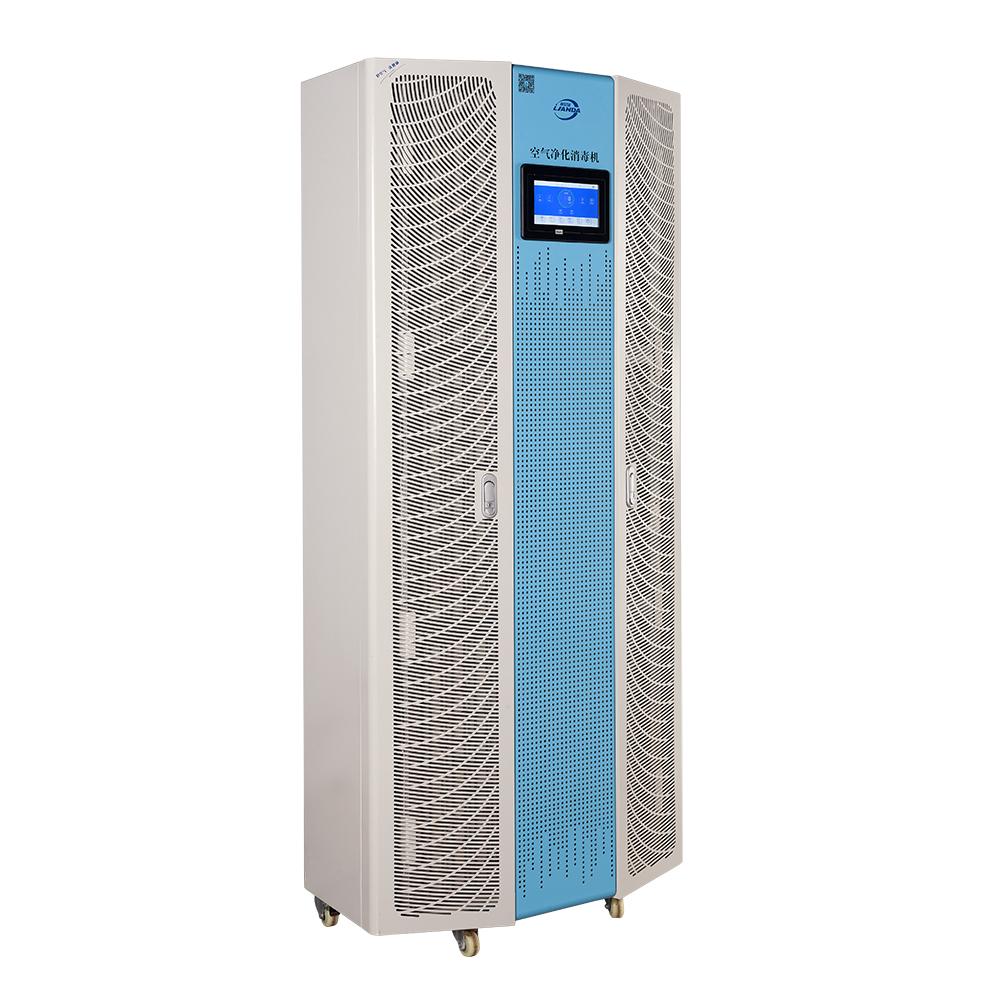What is a medical-grade air purifier?
As people's requirements for the quality of living environment continue to increase, air purifiers have gradually become important equipment in homes and public places. Among them, medical-grade air purifiers have attracted much attention for their superior purification effects and high-standard manufacturing requirements. So, what is a medical-grade air purifier and how is it different from an ordinary air purifier?
1. Definition of medical-grade air purifiers
Medical-grade air purifiers refer to strictly certified equipment that can effectively filter and remove harmful substances in the air. They are usually used in hospitals, clinics, and other places that require high-standard air quality. This type of purifier can not only remove common dust, pollen and bacteria, but also filter out fine viruses and harmful gases, which has a sterilizing effect and ensures the cleanliness and safety of the air.
2. Characteristics of medical-grade air purifiers
High-efficiency filtration system: Medical-grade air purifiers are usually equipped with HEPA filters, which can filter out 99.97% of particles with a diameter of 0.3 microns. In addition, some high-end products also add activated carbon filter layers to effectively absorb volatile organic compounds (VOCs) and odors.
Multi-stage purification: Medical air purifiers often use multi-stage purification technology, including primary filtration, medium filtration, high efficiency filtration and photocatalytic oxidation, etc., through step-by-step purification, to ensure that the air quality meets strict standards.
Safety of use: Medical-grade purifiers take safety into consideration in design and material selection, avoid using materials that may release harmful substances, and are suitable for long-term use in closed spaces.
Real-time monitoring and feedback: Many medical-grade air purifiers are equipped with air quality monitoring sensors that can monitor the concentration of particulate matter in the environment in real time and automatically adjust the purification intensity according to the air quality.
3. Differences from ordinary air purifiers
Medical-grade air purifiers differ significantly from ordinary air purifiers in many aspects:
Purification effect: Ordinary air purifiers usually have low filtration efficiency and cannot effectively remove fine particles and viruses, while the purification efficiency of medical-grade products is much higher than that of ordinary equipment.
Occasions of use: Ordinary air purifiers are suitable for home and office environments, while medical-grade air purifiers are mostly used in medical institutions, laboratories and other places where air quality needs to be strictly controlled.
Certification standards: Medical air purifiers must be certified by professional organizations, such as ISO14644, CADR (clean air output rate) and other standards, while the certification requirements for ordinary products are relatively loose.
4. Applicable scenarios
Medical-grade air purifiers are widely used in the following places:
Hospitals and clinics: used in operating rooms, wards and other areas where infection risks need to be controlled.
Laboratories: in biosafety laboratories and chemical laboratories, ensure that the air is not contaminated.
Nursing homes and childcare centers: provide a fresh air environment for the elderly and children to reduce the risk of infectious diseases.
5. Medical-grade air purifiers have higher requirements for suppliers
Medical air purifier manufacturers are stricter than ordinary ones. It belongs to the second-level medical device, which requires manufacturers to have the production qualification of medical devices, will be frequently reviewed, and will also track the products. If there are serious quality problems, the production qualification will be cancelled and held accountable.
Medical-grade air purifiers have become an important equipment for improving air quality with their advanced technology and high-standard filtering effects. Choosing a suitable medical-grade air purifier can not only effectively improve air quality, but also create a healthier living environment for families and society.





